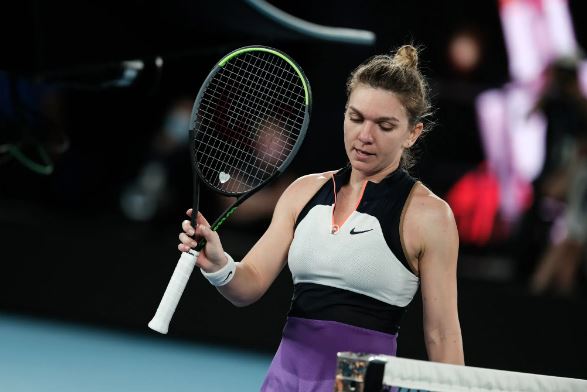A four-year ban has been handed for former world No. 1 and two-time Grand Slam winner Simona Halep of Romania by the independent body in charge of antidoping laws in tennis.
After failing a drug test in U.S. Open, 2022 31-year-old Halep was charged with two violations of the sport’s anti-doping regulations. Roxadustat is a medication used to treat anaemia (low red blood cell count), and it was detected in Halep’s system.
As a method to increase endurance, athletes are prohibited from using roxadustat since it artificially promotes haemoglobin and red blood cell formation. The medicine does this by stimulating the body to create more of the erythropoietin hormone, also known as “EPO,” which is crucial in the development of new erythrocytes.
Doping enforcement officers have access to blood samples of athletes like Halep via their “biological passports,” and the government claims that these tests show discrepancies. Those inconsistencies raised suspicions that Halep had used prohibited drugs throughout the season, according to the three-person panel that handled the case between the International Tennis Integrity Agency and Halep.
Halep, who had never failed a drug test before, said that the Roxadustat she had taken before to the U.S. Open was contained in a tainted supplement, despite not being mentioned as an ingredient. The court agreed with her position, but after hearing evidence from experts, it determined that the contamination of her supplement could not explain the high levels of Roxadustat discovered in her urine.
I.T.I.A. CEO Karen Moorhouse said the organisation was relieved by the verdict following a year-long process that had been heavily criticised by Halep, her former coaches, and other players. According to Moorhouse, the court reviewed some 8,000 pages of material.
Through her public relations staff, Halep said that she will appeal the verdict to the Court of Arbitration for Sport, which serves as the highest court for sports disputes, since she had never knowingly or purposefully used a prohibited drug. She said that the court would be forced to accept the evidence she had given.
After Maria Sharapova’s two-year ban for doping in 2016, this is the most high-profile verdict in the sport’s history. Sharapova is a five-time Grand Slam winner and one of the highest-paid female athletes in the world.
In January of 2016, not long after a cardiac medicine was added to the list of prohibited medications for sports, Sharapova tested positive for it.
Sharapova swiftly revealed that she had been using Meldonium, the active element of a heart medicine, for the last decade to deal with a wide range of health issues. According to her, she had no idea the substance was illegal. When Sharapova was banned in 2012, she was just 29 years old; she returned to tennis in 2016, but then retired in 2020, at the age of 32.
Halep has been temporarily suspended for almost a year, meaning that if the Court of Arbitration for Sport maintains the penalty, she would not be able to compete in tennis again until October 2026.

